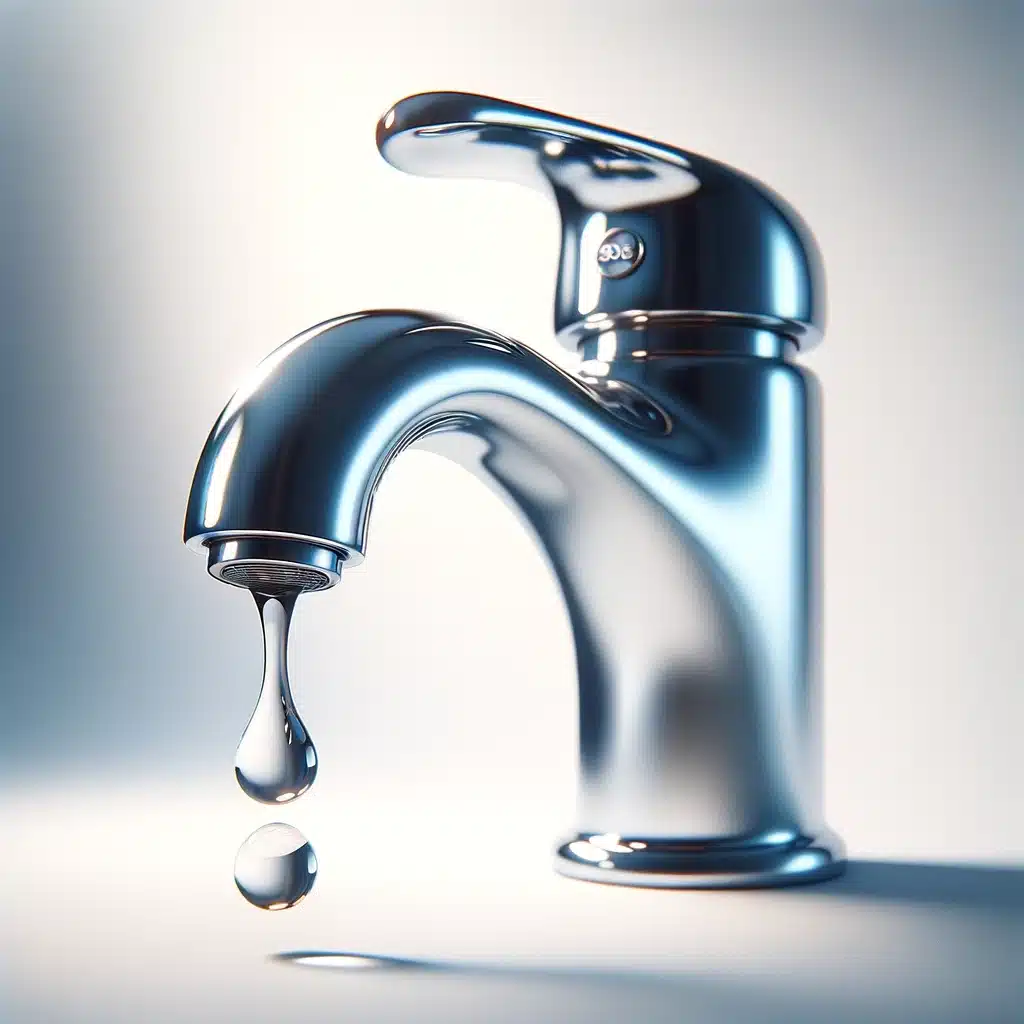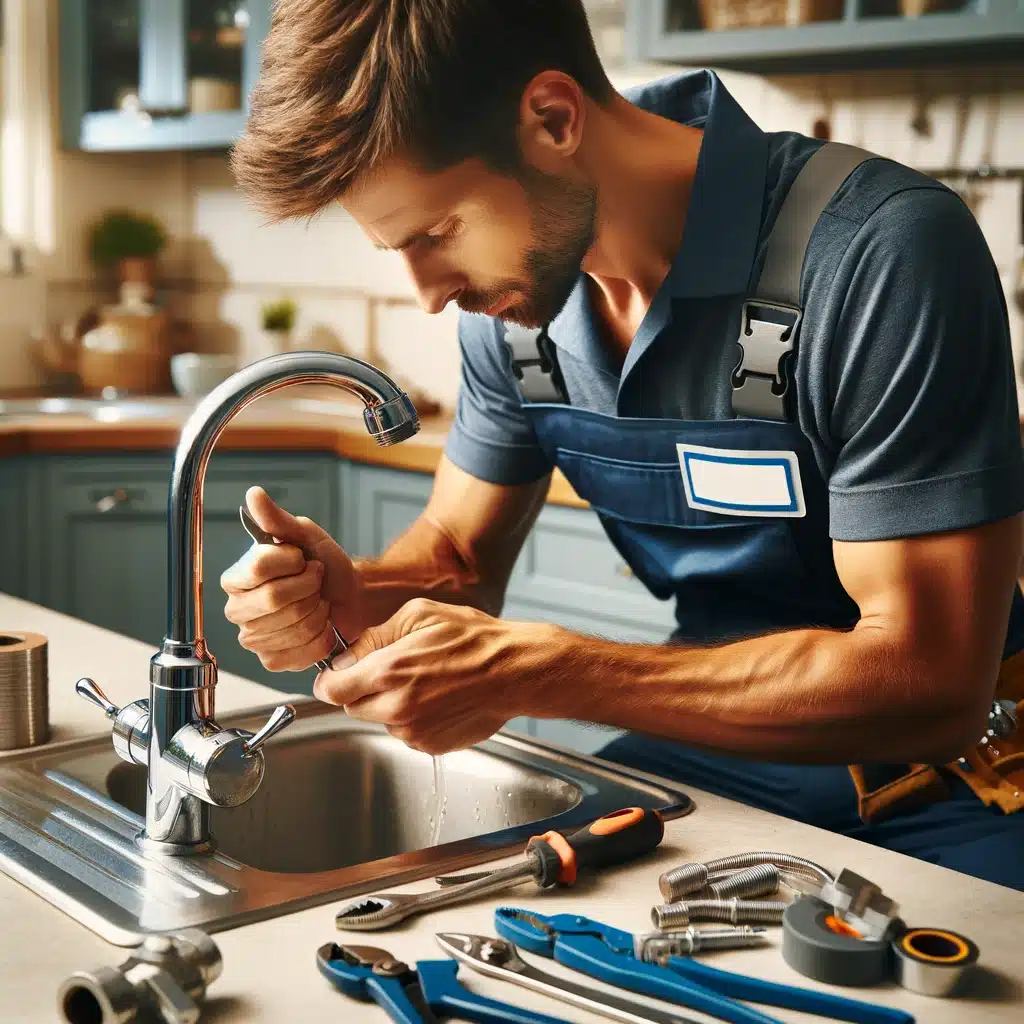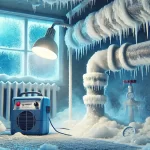Practical Guide: How to Fix a Leaking faucet after it has been turned off

IDENTIFYING THE CAUSE OF THE LEAK
Before you set about repairing your leaky faucet, it's crucial to identify the precise source of the leak. This could be due to a number of reasons, the most common of which are seal wear and valve problems. Understanding the underlying cause is essential to applying the right solution and ensuring an effective repair.
Wear and Tear of the Seal
The seal, often made of rubber, ensures that the faucet remains watertight when closed. Over time and with repeated use, the gasket can wear or deform, losing its ability to completely block the flow of water. If water continues to flow or drip despite a closed faucet, the replacing the worn seal could solve the problem.
Valve Issues
The valve regulates the flow of water through your faucet. A faulty valve may not close completely, allowing water to leak even when closed. This may be due to debris, corrosion or wear on the valve's internal components. A thorough inspection will help you determine whether a simple repair or replacement is necessary.
Precisely identifying the cause of the leak enables the right solution to be applied, avoiding unnecessary or ineffective repairs. This solves the current problem and prevents future leaks, ensuring the durability and efficiency of your fittings.
Steps to Fix a Leaking Faucet
Preventing Future Leaks
To avoid the inconvenience and additional costs associated with future faucet leaks, adopting preventive measures is crucial. By taking care of your plumbing installation and performing regular checks, you can significantly reduce the risk of leaks. Here's how you can protect your faucets against future leaks.
Regular Maintenance
Regular maintenance of your faucets can go a long way towards preventing leaks. This includes periodically cleaning aerators to remove scale deposits, checking and tightening connections, and replacing gaskets and washers at the first sign of wear. Preventive maintenance helps to keep parts in good condition and in good working order.
Installing High-Quality Parts
Choose high-quality faucet parts for replacements or new installations. High-quality parts last longer and reduce the risk of future problems. Despite a higher initial cost, investing in quality saves on future repairs.
Monitoring Water Pressure Changes
Large fluctuations in water pressure can damage your taps and pipes, potentially leading to leaks. Install a pressure regulator if the water pressure in your home is too high or fluctuating. This helps maintain a constant pressure and reduces stress on your installations.
Educating Users
Educating the people in your household about the proper use of faucets can also prevent premature damage. Avoiding forcing handles to close and opening faucets gently can prevent rapid wear of internal components.
Adopt these maintenance practices to extend the life of your plumbing, save on repairs and conserve water.
IN SUMMARY: ENSURING THE LONGEVITY OF YOUR FAUCETS
To conclude, mastering the art of fixing a faucet that leaks after being shut off is a valuable skill for any homeowner. By following the outlined steps to identify the cause of the leak, perform the necessary repairs, and adopt preventive measures, you can not only save water and reduce your bill, but also avoid the inconvenience and expense of major repairs in the future. Don't hesitate to call a professional plumber if the problem is beyond your skills to ensure a proper and lasting repair.
Regular maintenance, the use of high-quality parts, and constant vigilance are the keys to keeping your installations in excellent condition. By investing a little time and effort today, you can ensure the longevity and reliability of your faucets for the years to come.

 Fixing a leaking faucet requires precise steps for an effective and long-lasting solution. Here's how to proceed to get your faucet back in perfect working condition.
Fixing a leaking faucet requires precise steps for an effective and long-lasting solution. Here's how to proceed to get your faucet back in perfect working condition.
